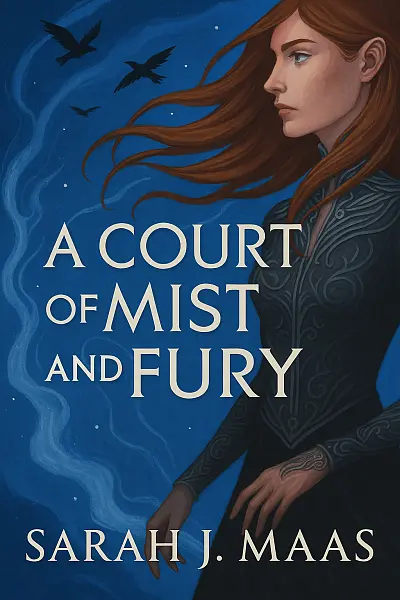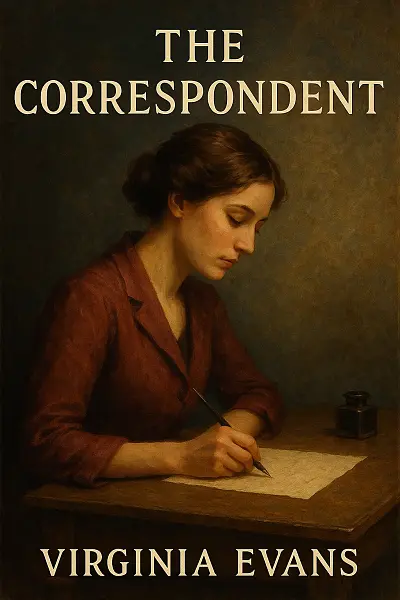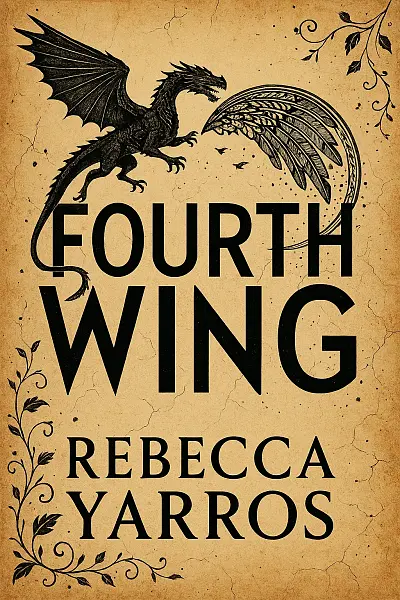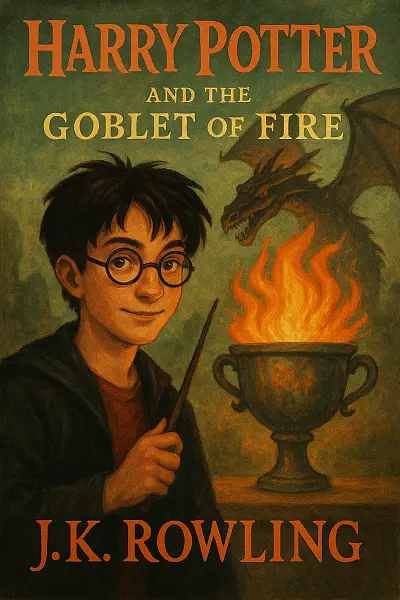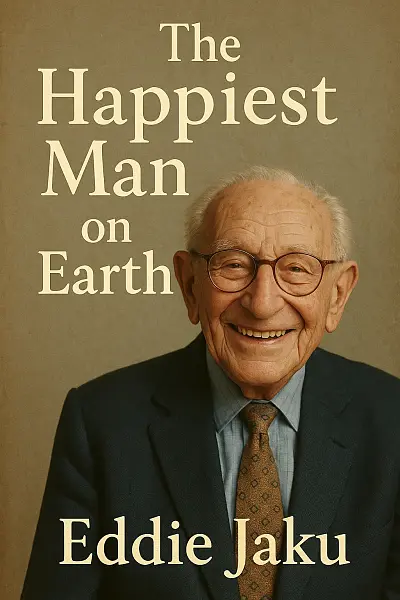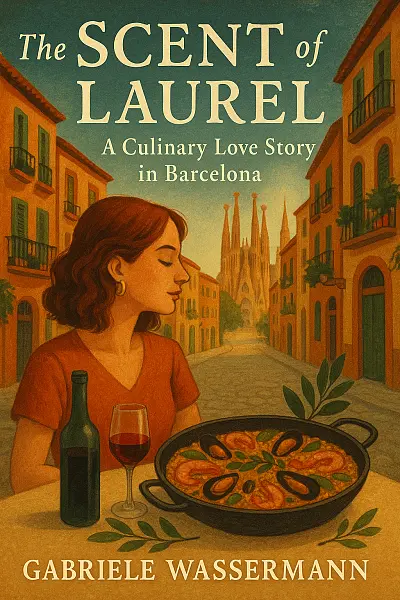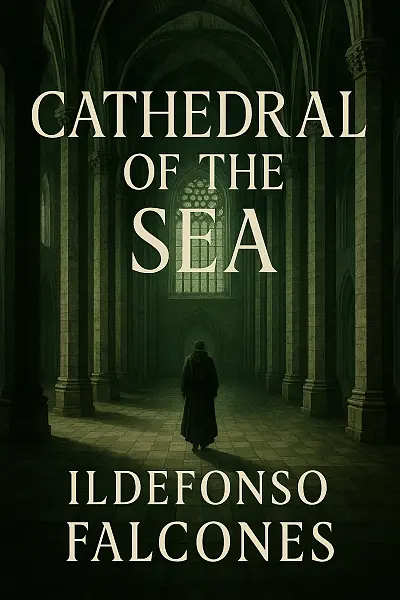
Twilight
by: Stephenie Meyer
Bella Swan moves to the rainy town of Forks, Washington, seeking a fresh start but finds life uneventful—until she meets the mysterious Edward Cullen. Drawn to his enigmatic charm, Bella soon discovers Edward’s secret: he’s a vampire. Suddenly, her ordinary world collides with the supernatural, and she’s pulled into a whirlwind of intense attraction and lurking danger.
Caught between her deepening feelings and the very real risks of loving someone who thirsts for her blood, Bella faces choices that weigh her heart against her safety.
Told in moody, confessional prose, Twilight pulses with suspense, longing, and the question: will they give in to desire, or is loving Edward just too dangerous?
"Sometimes love means choosing the danger in someone's eyes over the safety of solitude."
Literary Analysis
Writing Style
Writing Style Breakdown: Twilight by Stephenie Meyer
Atmosphere
- Moody & Immersive: Think thick, damp fog curling through pine trees—Twilight is steeped in a constant sense of overcast gloom. Meyer’s world is dreamy yet tinged with foreboding, pulling you into small-town Forks where mystery seems to hang in the air.
- Romantic & Intense: Expect an emotional, swoony haze, especially in scenes between Bella and Edward. The atmosphere pulses with longing, tension, and danger, wrapped up in teenage uncertainty.
- Everyday Extraordinary: Mundane high school corridors transform into arenas for the supernatural, blurring the ordinary with the magical in a way that feels both relatable and otherworldly.
Prose Style
- Direct and Accessible: Meyer’s writing is straightforward—there are few flourishes or lyrical metaphors, so the prose zips along without tripping over itself.
- Internal-Heavy Narration: Bella’s voice dominates; you spend a lot of time in her head, hearing her anxieties, repeat musings, and emotional rollercoasters in real time.
- Repetitive but Earnest: Be ready for persistent reinforcement of Bella’s feelings and observations, which can sometimes feel redundant but genuinely convey her obsession and vulnerability.
Pacing
- Leisurely Start: The book takes its time settling into its romantic stakes, basking in day-to-day awkwardness and fascination before ramping up.
- Slow-Burn Romance: The story lingers—sometimes agonizingly—on glances, brushes with danger, and prolonged silences. The will-they/won’t-they dynamic unfolds over drawn-out, tension-heavy pages.
- Sudden Spurts of Action: When things pick up, they do so quickly—expect bursts of danger and suspense to interrupt the languid flow, injecting adrenaline in key moments.
Character Voice & Dialogue
- Intimate and Confessional: Bella’s narration feels like reading her private diary—unguarded and deeply personal, but sometimes melodramatic.
- Teenage Vernacular: Dialogue is casual, peppered with awkward pauses, sarcasm, stammering, and all the tics of adolescent conversation.
- Emotional Overspill: Characters often speak in emotionally-charged statements, sometimes at the expense of subtlety.
Mood & Feel
- Melancholic and Dreamlike: The overall tone is wistful, with a heavy layer of yearning and nostalgia, capturing the stormy contradiction of young love and supernatural peril.
- Intense Intimacy: Expect to be pulled deep into first-person emotion—sometimes to the point of claustrophobia—where every heartbeat and sideways glance feels earth-shattering.
- Gentle Suspense: There’s always a simmering sense of something lurking behind the idyllic façade, infusing the book with gentle suspense and anticipation.
In a nutshell: If you crave a lush, emotion-driven journey with a hefty dose of adolescent yearning, slow-building romance, and a mist-swirled setting, Twilight’s writing style is sure to pull you in—though patience for repetition and melodrama will definitely enhance your reading experience.
Key Takeaways
-
Edward's dazzling entrance in the biology lab—instant electricity you can almost feel
-
Rain-soaked Forks dripping with atmosphere—a setting that's a character in its own right
-
"Say it. Out loud." That tense, heart-stopping vampire reveal moment
-
The dangerous chemistry of Bella and Edward—intoxicating romance, but always teetering on the edge
-
Baseball under a thunderstorm: vampires, superhuman speed, and crackling suspense
-
Bella's clumsy, relatable narration—awkward encounters that pull you straight into her head
-
Victoria and James in pursuit—cat-and-mouse stakes that spiral into full-blown fear
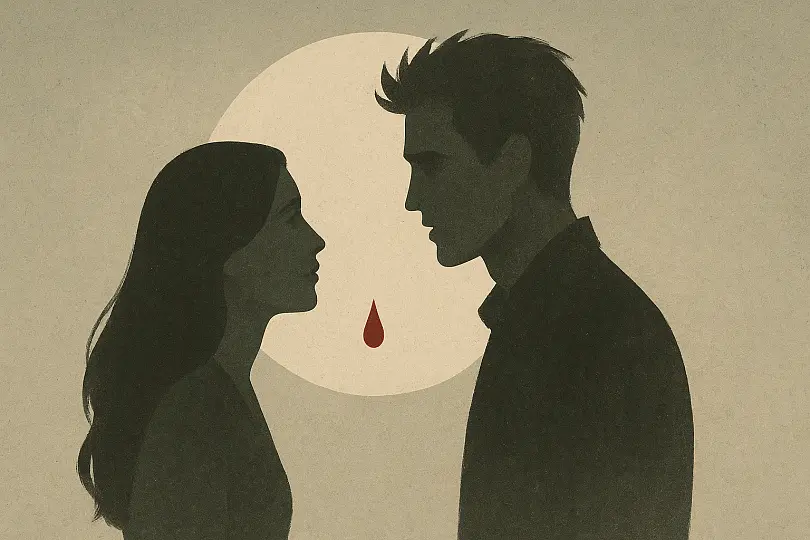
Forbidden love ignites when a human falls for a mysterious vampire.
Reader Insights
Who Should Read This
If you’re all about swoony romances with a supernatural spin, Twilight is right up your alley. Seriously, if you love getting lost in stories about first loves, awkward teen crushes, and complicated relationships (with hot vampires and loyal werewolves in the mix), you’ll probably tear through this one in no time.
- Hopeless romantics and anyone who melted over the idea of “forever love”? This one is made for you.
- Fans of dramatic love triangles: If you secretly crave a bit of angst and can't resist picking a side (Team Edward or Team Jacob, anyone?), jump in—there’s plenty to debate here.
- Anyone into supernatural/fantasy lite: Love a paranormal twist but don’t want something super dark or gory? This world is more about feelings and less about horror.
- New YA readers: The writing’s straightforward, so it’s a smooth ride whether you’re easing into reading again or just want something fun and immersive.
But hey, if you’re not really into intense, slow-burn romance or if high school drama and inner monologues make you roll your eyes, you might want to skip this one. It’s not super action-packed, so if you prefer fast-paced adventures, intricate world-building, or deeply complex characters, it might not quite hit the spot for you.
In a nutshell: If you’re craving that all-consuming first-love vibe with a bit of supernatural sizzle, give Twilight a shot! But if you’re easily annoyed by love triangles, angst, or you're hunting for a gritty vampire story, you might want to keep browsing.
Story Overview
Curious about what Twilight is all about? Let me give you the vibe!
When shy teenager Bella Swan moves to the rainy town of Forks, Washington, she never expects her new life to become extraordinary—but everything changes when she meets the mysterious and irresistibly alluring Edward Cullen.
Drawn together by a magnetic, eerie attraction, Bella quickly realizes there's much more to Edward and his family than meets the eye, leading her into a thrilling world filled with secrets and danger.
Twilight is a swoony, addictive blend of forbidden romance and supernatural intrigue—perfect for anyone who loves dramatic chemistry and a moody, atmospheric setting.
Main Characters
-
Bella Swan: The relatable, introspective protagonist whose move to Forks sparks the novel's supernatural events. Her deepening relationship with Edward drives her transformation and emotional journey.
-
Edward Cullen: Enigmatic vampire love interest, torn between his affection for Bella and his fear of endangering her. His internal conflict about morality and desire shapes the novel’s tension.
-
Jacob Black: Bella’s loyal childhood friend who becomes a significant rival for her affections. His role grows as the series progresses, embodying warmth and a connection to the human world.
-
Alice Cullen: Edward’s optimistic, visionary sister who quickly befriends Bella. Her premonition abilities and supportive presence add intrigue and hope to the unfolding drama.
-
Charlie Swan: Bella’s caring but awkward father, whose quiet protectiveness offers a grounding force amidst supernatural chaos. He represents the everyday parental concern Bella navigates.
If You Loved This Book
Fans of The Hunger Games will recognize that magnetic pull of forbidden love set against the backdrop of a world filled with danger. Just as Katniss and Peeta’s relationship blossoms under the shadow of the Games, Bella and Edward must navigate their own high-stakes romance, where every emotion feels heightened by the ever-present threat of discovery and loss.
If you’ve immersed yourself in the magical corridors of Harry Potter, Twilight’s hidden supernatural community right under the noses of ordinary humans delivers that same captivating sense of a secret world. The intriguing coexistence of the mundane and the extraordinary—from high school hallways to moonlit forests—brings a fresh twist to the familiar coming-of-age journey, but this time the monsters aren’t just in fairy tales.
On screen, think about the brooding supernatural allure of Buffy the Vampire Slayer. Twilight shares that intoxicating blend of angst, romance, and danger, where vampires struggle with their humanity and the choices they make for love. The moody, atmospheric tone and tangled emotional stakes invite fans who crave stories that mix longing, peril, and the supernatural into a familiar but seductive package.
Expert Review
Is love ever safe, or is true passion always tinged with danger? Twilight boldly invites readers to interrogate the line between romance and risk, plunging headlong into obsession’s intoxicating shadow. In Meyer’s night-soaked Forks, desire literally threatens to devour, and every heartbeat feels both precious and imperiled—a charged paradox that lingers long after the final page.
Stephenie Meyer’s prose is undeniably accessible, at times even hypnotic. She weaves first-person narration with meticulous emotional detail—Bella’s voice is intensely internal and often tinged with adolescent sincerity, even melodrama. There’s an atmospheric quality to Meyer’s language; rain droplets and twilight fog are not just scene-setting, but mood-mirroring canvases. Dialogue, while occasionally stilted, captures the aching uncertainty of first love. However, the pacing can waver: moments of languid introspection sometimes stretch thin, while dramatic suspense snaps into focus with sharply effective imagery—like that iconic line about Edward’s dangerous beauty, which haunts and enchants in equal measure.
At its core, Twilight is obsessed with boundaries—between human and monster, choice and fate, self-erasure and self-discovery. The love story at its heart serves as both fantasy fulfillment and cautionary tale. Bella’s willingness—some might say eagerness—to risk everything for Edward raises powerful questions, especially for young readers: How do we separate healthy devotion from self-destructive yearning? Where does genuine identity form, and when does it dissolve in the presence of overwhelming attraction? For better or worse, these are perennial concerns for adolescence, and Meyer’s narrative captures their pulse.
The book also tugs at cultural anxieties about agency and desire, especially for young women. Bella’s passivity can be frustrating, yet her choices (or lack thereof) reflect real psychological impulses; she becomes a strange mirror for readers haunted by the siren call of forbidden longing. In a time obsessed with clean-cut empowerment narratives, Twilight’s willingness to dwell in messy, unresolved emotion is both courageous and controversial.
Within the pantheon of YA paranormal romance, Twilight is both a torchbearer and a disruptor. It revived the vampire mythos for a new generation, stripping away gothic menace in favor of breathless intimacy. While certainly not the first to blend monsters with romance, Meyer’s influence is undeniable: a flood of supernatural love stories followed, but few matched her laser focus on fevered yearning. Her signature voice—both earnest and polarizing—set the tone for a decade of YA fiction.
- Strengths: Addictive atmosphere; emotionally immersive; hooks readers into questioning love’s limits
- Weaknesses: Prose sometimes overwrought; inconsistent pacing; characters can lack agency
Final verdict: Twilight is imperfect yet unforgettable—a glittering, polarizing phenomenon that changed what we expect from teenage love stories. Even as it courts controversy, it remains compulsively readable, still biting at the edge of our cultural imagination.
Community Reviews
okay but why was i lying awake at 2AM thinking about edward's glitter skin like i had an existential crisis over whether vampires actually sparkle or if i should start wearing body glitter to school
okay but WHY did Edward sparkle like that, I legit couldn’t sleep trying to figure out if vampires also glitter in real life or if I just missed a memo—thanks for my new obsession, Meyer
i thought i was just reading about vampires but suddenly i’m texting at 3am about sparkly skin like it’s the secret to life. what did this book do to my sleep schedule? help.
THE WAY EDWARD WATCHES BELLA SLEEP? creeped me out and weirdly made me double check my own windows at night. Is this romance or a manual for stalkers? Either way, can’t stop reading.
so bella just runs headfirst into the woods after a sparkly vampire boy? i’m haunted by edward’s lurking stares. couldn’t sleep for nights imagining glowing eyes in my room. thanks twilight, now i check the shadows.
Cultural Context & Discussion
Local Perspective
Twilight hits a fascinating chord with readers in the US because of some deep-rooted cultural connections and contrasts.
-
Parallel historical echoes: The forbidden love between Bella and Edward can feel like a modern echo of America’s long fascination with star-crossed romance—think Romeo and Juliet, or even 1950s tales of rebellion and crossing social lines. The Pacific Northwest setting brings in an outsider vibe, mirroring classic American stories of moving to unknown frontiers.
-
Cultural values in play: The strong emphasis on individual choice—Bella’s autonomy in loving who she wants—resonates super well with America’s focus on personal freedom. At the same time, the depiction of abstinence and self-control runs parallel with threads of traditional conservative values, making the story accessible across divides.
-
Clashing and aligning: Some US readers thrill to Bella’s intense romance, but others critique her passivity, which clashes a bit with modern American ideals of female agency.
-
Local literary vibes: It echoes the gothic romance tradition (think Anne Rice, or even Poe), but flips the script with its suburban setting and YA voice, challenging older gothic norms with sparkling, modern angst.
Points of Discussion
Controversies around Twilight by Stephenie Meyer:
- Twilight has faced criticism for promoting unhealthy relationship dynamics, especially concerning Bella and Edward's codependency and elements some interpret as controlling or obsessive.
- The series has sparked heated cultural debates about its gender roles, the romanticization of toxic behaviors, and its literary merits versus its massive popularity, leading to polarizing opinions among readers and critics alike.
